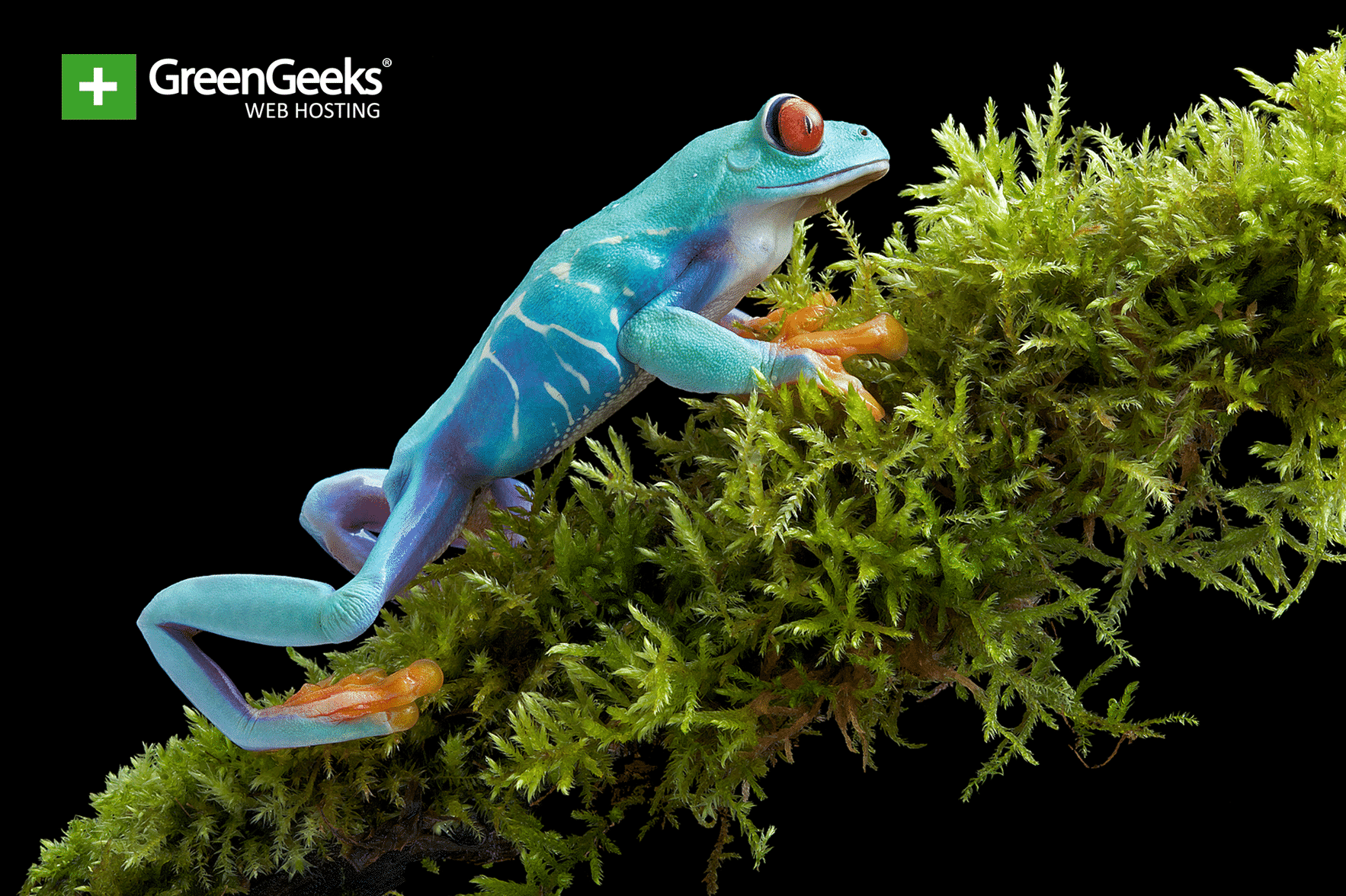
One of the most deadliest diseases for amphibians, chytridiomycosis, is responsible for eliminating about 30 species in the early 2000s. With the added problem of habitat destruction due to climate change, many amphibians are in real danger.
The disease affects frogs, toads, and salamanders. 90 species have gone extinct as a direct result of this disease and climate change. The disease can be found in over 60 countries. In particular, Australia, Central America, and South America have seen the worse of it.
The Disease Is Not New
While the disease is gaining attention now, plenty of damage has been done over decades due to neglect. The disease was first noticed three decades ago when scientists began to question why so many amphibians were dying. The scientists suspected it was caused by a fungus named Batrachochytrium dendrobatidis (Bd).
The fungus attacks the skin of amphibians seeping down below the surface. Then, it begins to eat the victim alive. According to Science Journal, the disease has caused 90 species to go extinct, pushed 491 species towards extinction, and those that were pushed towards extinction have seen as high as a 90% reduction in their populations.
Why Is It Spreading So Far

Without a doubt, the leading reason why the disease is spreading is because of globalism. As countries become more connected through trade, they end up trading more than just goods. Diseases and invasive species are some of the other things that get traded.
The only way to prevent it is for countries to improve biosecurity measures on international trade. As you can imagine, it is very easy for an infected amphibian to enter a truck, boat, train, or plane without anyone noticing. Even if they are caught, they may have already spread the disease. Regulations need to improve or amphibians will face extinction.
Of course, the disease is not enough to have this big of an impact on its own. Climate change has made it harder for animals to survive as it destroys habitats. When you combine the disease and the destruction of their habitat, extinction becomes much more likely.

